Important to evaluate the true cost of hiring an advisor. What is the real vs perceived cost for an advisor?
As intumobility.com wrote in a 2017 article, "your business is in need of a specific service and you are thinking to outsource the work to a consultant. You, however, have heard rumors about how hiring a consultant or advisor can be expensive and you would rather just hire a full-time staffer to do the same work for half the cost. Well, before you make your decision, take all matters into consideration. This article aims to show you that what you might perceive as the cost of hiring an advisor may not actually be the real cost.
In the case of a product, there are two ways to measure its value. The real value, which refers to how much it costs to produce the product, how useful it is to the buyer and what value its individual components have. Perceived value is a more abstract measurement, representing how much a customer feels a product is worth. Either measure can be higher than the other and both values are fluid and can change over time.
Sample case
Your company has reached the point where you are considering adding a mobile solution to drive productivity and revenue among your teams. You generally are not well versed as to what mobile technology you want to apply. You hear about an advisory firm that offers exactly what you need. When you ask for a quotation for the company’s rate, you immediately back off. You think the rate is too expensive. After all, you can hire a technical person for just over half of that amount. Worst case scenario, you can always ask the IT guy in your office to do the work for you.
Unfortunately, unlike several hiring managers, your analysis is overly simplistic and flawed as a result. In reality, costs associated with hiring a new employee or “repurposing” one are vastly different (Often higher) than those involved in bringing on an advisor. You may not realize it that there’s a very good chance that you may save money by hiring the advisor.
It’s truly surprising how few business owners account for the real cost of labor. This problem is even more pronounced when it comes to choosing between a consultant and a full-time employee.
When evaluating whether you should hire an advisor or a full-time employee for your specific needs. It is important that you appropriately distribute the indirect costs that are related to them. These are usually divided into three categories:
- Fringe benefits — These include items such as healthcare, paid leave days, retirement contributions, workman’s compensation and others.
- Overhead — These are expenses incurred by the business which are not related to a specific project. Examples include rent, computer equipment, telephone bills, data charges and so on.
- General and Administrative (G&A) — These are expenses attributed to running your business in general such as administration fees, HR salary, accounting and others.
The real cost of employees will include all three of the above, with some employees being apportioned more than others. For example, a COO will probably be apportioned a larger portion of overheads than the janitor.
Conversely, advisors only have G&A costs associated with them. They require only a small fraction of corporate infrastructure. Fringe benefits and Overheads are irrelevant to them as they do not receive any benefits and they use their own equipment. Advisors usually charge you on a fixed hourly rate or with regard to deliverables. That means that you are paying for actual work done and not costs that cannot be directly related to the work.
Advisors are generally perceived to be more expensive because of their expertise. Some hiring managers think that it is cheaper to hire an employee on a full-time basis who will learn on the job. What they do not consider here is the amount of time, in terms of man-hours spent in training the newbie that could be spent actually doing the company business. Employees are also a higher financial risk for companies as they can be kept on the payroll for long periods of time even when under-performing. This is least likely to happen with advisors because hiring and firing decisions can easily be made. Also, advisors usually come with vast experience working on similar projects so if a company does its expected due diligence and goes through the advisors portfolio and references, they can be almost sure that they will not mess up...
Conclusion
When hiring an advisor vs. an employee on a cost-based premise, it is important to adequately account for all hidden cost involved per employee and per advisor in order to make a well-informed business decision. However, note that there is no general rule on hiring and you should evaluate the factors based on your company’s specific needs so as to make the best decision for your team."
